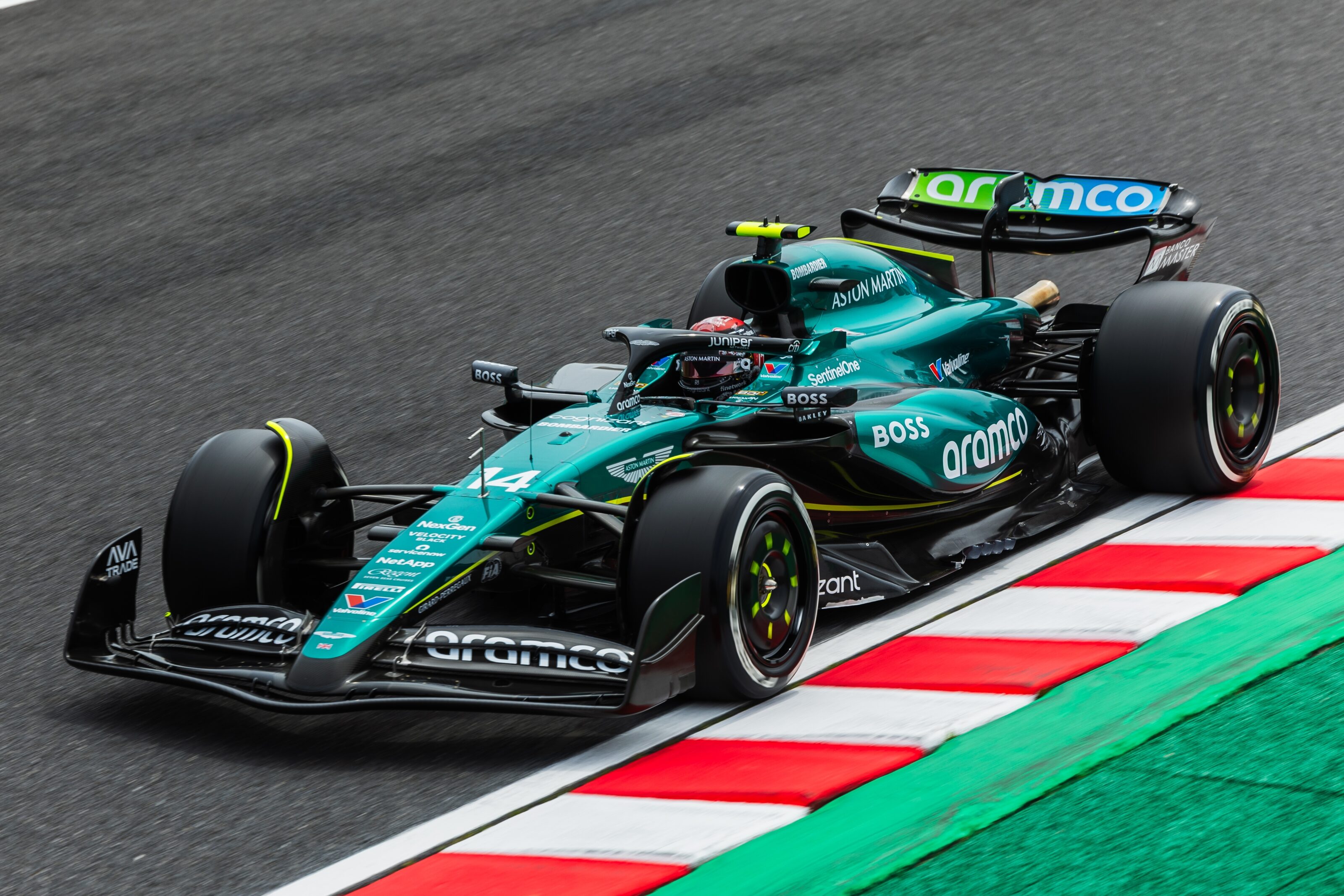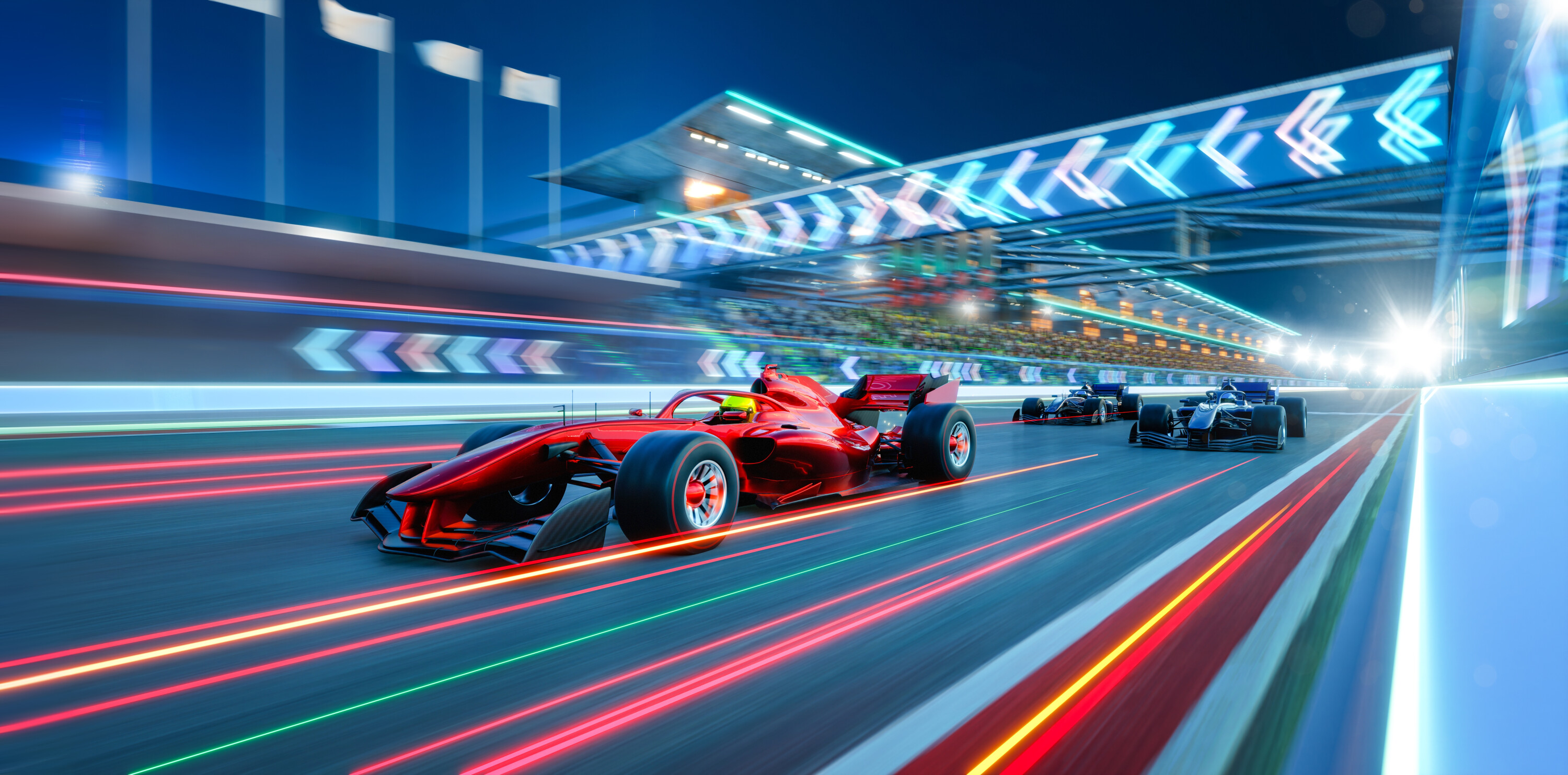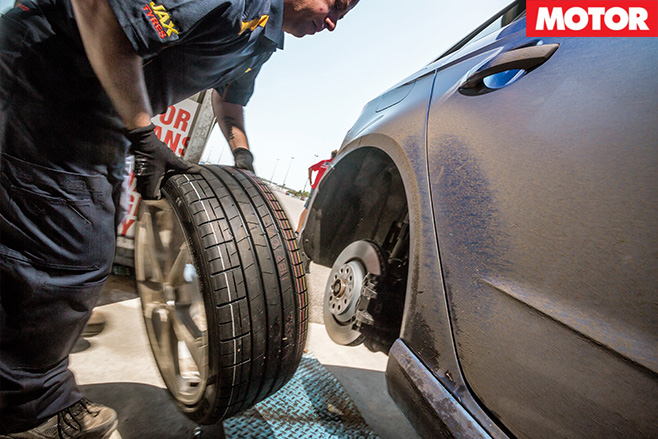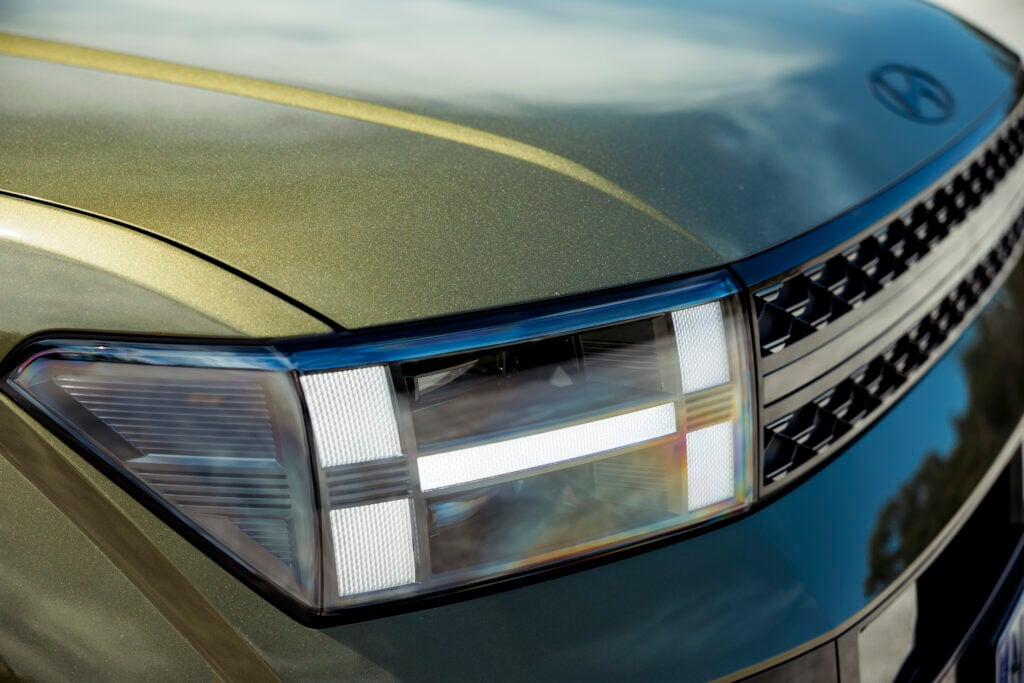There is an active plan to inject the sound and fury of old-school V10 combustion engines back into Formula One.
After more than a decade with high-tech V6 turbo hybrid powerplants, which have failed to excite fans while adding massively to the cost and complication of grand prix cars, the power players in F1 are looking at a new direction.
It won’t happen immediately because there are already rules for a simplified hybrid system for season 2026 that deletes energy recovery from the exhaust system.
But there have been some high-level meetings and quiet talks about a change for 2029, triggered by FIA president Mohammed Ben Sulayem.
Among those involved in discussions were Mercedes-Benz’s chairman Ola Kaellenius, Audi’s CEO Gernot Doellner and General Motors’ president Mark Reuss.

One of the key components of the new drive is synthetic and sustainable e-fuel, which is generating more and more interest as the second-stage move to full electrification of road cars stalls in many countries including Australia.
Howling V10s – which produced 520 kiloWatts and spun to 19,000 revs at their peak in 2005 – are being re-assessed as one way to boost the appeal of grand prix racing beyond the current surge from in interest from Drive to Survive television converts, as well as allowing carmakers to create a new technology link to showrooms.
“The romanticist in me is (saying that) a screaming V10 could be really attractive for F1, but it’s got to be done responsibly,” says Christian Horner, the boss of Red Bull Racing.
F1 hybrids arrived at a time when battery-electric cars were seen as the only workable path to future motoring and a way of fast-tracking motorsport experience into production cars.
Now there is serious support for e-fuel, which is completely synthetic and claimed to be fully sustainable. Unlike biofuels, it does not rely on the use of organic matter – such as sugar cane waste – or create a conflict between feeding people and powering their transport.
Motorsport is already leading the push for e-fuel, which is used in the World Rally Championship and MotoGP, and even powered some very old-timer cars – 1900 and 1903 Daimlers, a 1901 Mors and 1905 Cadillac – in last year’s London-to-Brighton veteran car run.
Porsche is a big backer, on both road and track, using an e-fuel pilot plant in Chile – which is driven by wind power – to supply fuel for its 911 Supercup racing competition. It also has plans for a larger-scale plant in Tasmania, although there has been no solid news since the original announcement of a collaboration with HIF Global from the USA in 2022.
Weaning the world from oil is a potential transportation end-game with e-fuel, according to Dr Karl Dums, senior project lead of e-fuels at Porsche.
“I am absolutely confident we can save the world,” he told me in early 2024.
“Everyone says we don’t need this because the cars will be electric. This is completely wrong.
“What we need is to make renewable energy available all over the world.”
It’s true that e-fuel is expensive, currently priced at around $8 a litre, but large-scale production could quickly reduce the cost and make it viable for road cars as well as motorsport.
Which brings us back to Formula One and one of its biggest partners, the Saudi Arabian oil company, Aramco.
Although Aramco is the world’s largest oil company, relying on its Middle East wells to turn a profit estimated at more than $500 billion a year, it has also become one of the biggest investors in e-fuels for a potential transition away from black gold to a sustainable fuel that will keep combustion engines alive.





